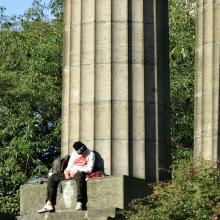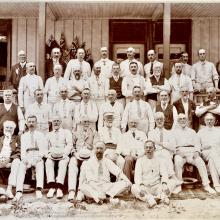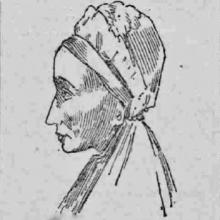
1903
FREAK BY AN EDINBURGH JOINER.—Before Bailie Waterston in Edinburgh Police Court on Saturday, Robert Rae (20), residing in East Register Street, was convicted of having on New Year’s Day maliciously entered the premises of Peddie, Ewen, & Company, printers, by climbing over a wall in Chapel Lane on to the roof and breaking a pane of glass, and also with pulling down the electric light fittings and assaulting a police constable.[1]
The Fiscal stated that Mr Ewen was in his office when he heard a crash. On going to the machine room he found the electric light fittings scattered about. A noise was then heard on the roof, and going to see what was the cause, Mr Ewen found the accused, whom he detained till the arrival of the police.
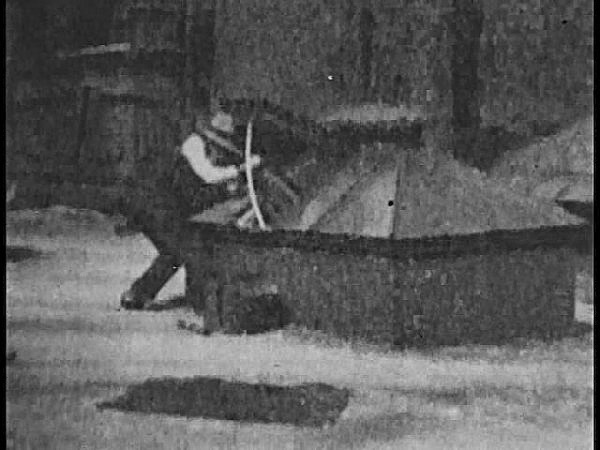
On the way to the police office he attacked a constable, and was with difficulty taken into custody. The accused said he did not remember anything about the affair. A policeman stated that Rae had been living apart from his wife, who was employed at the premises named, and earlier in the day had been annoying her. It was the policeman’s opinion that the accused committed the acts charged in order to bring discredit on his wife.
The Magistrate passed sentence of a fine of one guinea, with the option of fourteen days’ imprisonment.
Scotsman, 5 January 1903[2]
[1] Chapel Lane was renamed Cathedral Lane in 1968.
[2] Image 1: Wish, last accessed 14.3.21. Image 2: Movies Silently, last accessed 19.12.20.
*****
LAUNDRY.—Wanted at once, good shirt and collar ironers.—Imperial Laundry, Dublin Street Lane.
Edinburgh Evening News, 8 January 1903
*****
PETITIONS FOR CESSIO
Miss CLARE HAMMEL, or HAMMIL, residing at 15 Bellevue Crescent, Edinburgh, and now or lately carrying on business at the Imperial Laundry, Dublin Street Lane, Edinburgh—To be examined in the Sheriff Court-House, George IV Bridge, Edinburgh, 28th January, at 2 o’clock.[3]
[3] DSL gives: ‘CESSIO BONORUM, n.phr. In Scottish law, a legal process whereby a debtor may escape imprisonment if he surrenders all his means and is innocent of fraud’ (last accessed 26.11.20). Regardless of any financial difficulties, the Imperial Laundry continued to advertise for staff well into 1904. A Miss Clare Hammel is listed in the valuation rolls of 1920 as a tenant occupier at ‘Motor Car House, 9 Dublin Mews’, with an associated address (presumably her residence) at 21 Dublin Street. (VRO100000386-/51).
Scotsman, 14 January 1903
*****
OPENING OF STOCKBRIDGE PUBLIC WASHHOUSES.

Stockbridge public washhouses, which the Town Council of Edinburgh have erected as an adjunct to the Bedford Street improvement scheme, were opened formally yesterday afternoon.
It was originally proposed that such an establishment should form an integral part of that scheme but difficulties presented themselves on account of the Improvement Scheme Committee not having powers to use any part of the funds at its disposal for such a purpose, or to restrict the use of the washinghouses to persons affected by the improvement scheme. After a good deal of discussion it was resolved ultimately to erect the washhouses for general public use, and to carry this into effect the work was ultimately remitted to the Plans and Works Committee.[4]
The building, which is constructed of brick, consists principally of a large hall for washing, wringing, and drying clothes, and an office for the ticket clerk on the ground floor, a crêche for children, and a room for the attendant upstairs, with pumping and electric machinery in the basement, and a boiler-house adjoining. The large hall, which has glazed brick walls with a light iron and glass roof, is well lighted, and accommodates forty washers. In each stall there is a steam boiling trough for the preliminary cleansing of the clothes, and a rustless washing tub.
After the clothes are washed they are placed in the hydro-extractors, or wringers, which partially dry by centrifugal motion. Instead of being steam-driven as ordinarily, these are worked on the turbine principle, by water under pressure from a powerful steam pump. Ample hot-water services and steam are laid on to each division. This is generated by means of Boyle’s patent calorifiers placed in the basement. The clothes are dried in a long chamber placed on one side of the building, which is heated by means of a powerful electrically-driven fan working over an enclosed battery of steam pipes.
The principal contractors for the builder’s work were Messrs James Kinnear, Sons, & Co. Messrs Mackenzie Brothers were responsible for the engineer’s work, and the whole was carried out several months within the period provided for in the contract. The utmost economy has been observed in the treatment of the building, in which, being of the most plain and substantial character, and lying as it does in a somewhat narrow lane, architectural features have been sternly repressed, the most prominent feature being the chimney stalk, which rises to a height of 100 feet.
The cost approximately, exclusive of the value of the site; is £4500. Councillor Dobie, Convener of the Plans and Works Committee, performed the opening ceremony, at which there were present, among others, Bailies Grieve and Gibson, Convener Barton, Councillors Brown, Robertson, Macfarlane, Hunter, Laing, Stevenson, Martin, Maston, Lang Todd, Fraser, Neill, Welsh, and Carmichael; Mr William Cook, Mr Robert Morham, City Superintendent of Works; Mr J. A. Williamson, Deputy Superintendent; and Mr W. Watt, Superintendent of Baths and Washhouses.
Mr Dobie said he was glad so many members of the Council had been able to be present, because there were different views about the cost of the building, and it was therefore right that the representatives of the ratepayers ought to know what the ratepayers were getting for their money. When they saw the ingenious arrangements and handsome buildings they would at once admit that good value had been given. The designs had been made and carried out by Mr Morham’s department and, especially under Mr Williamson, and the Council had to thank these officials for the interest they had taken in the matter.
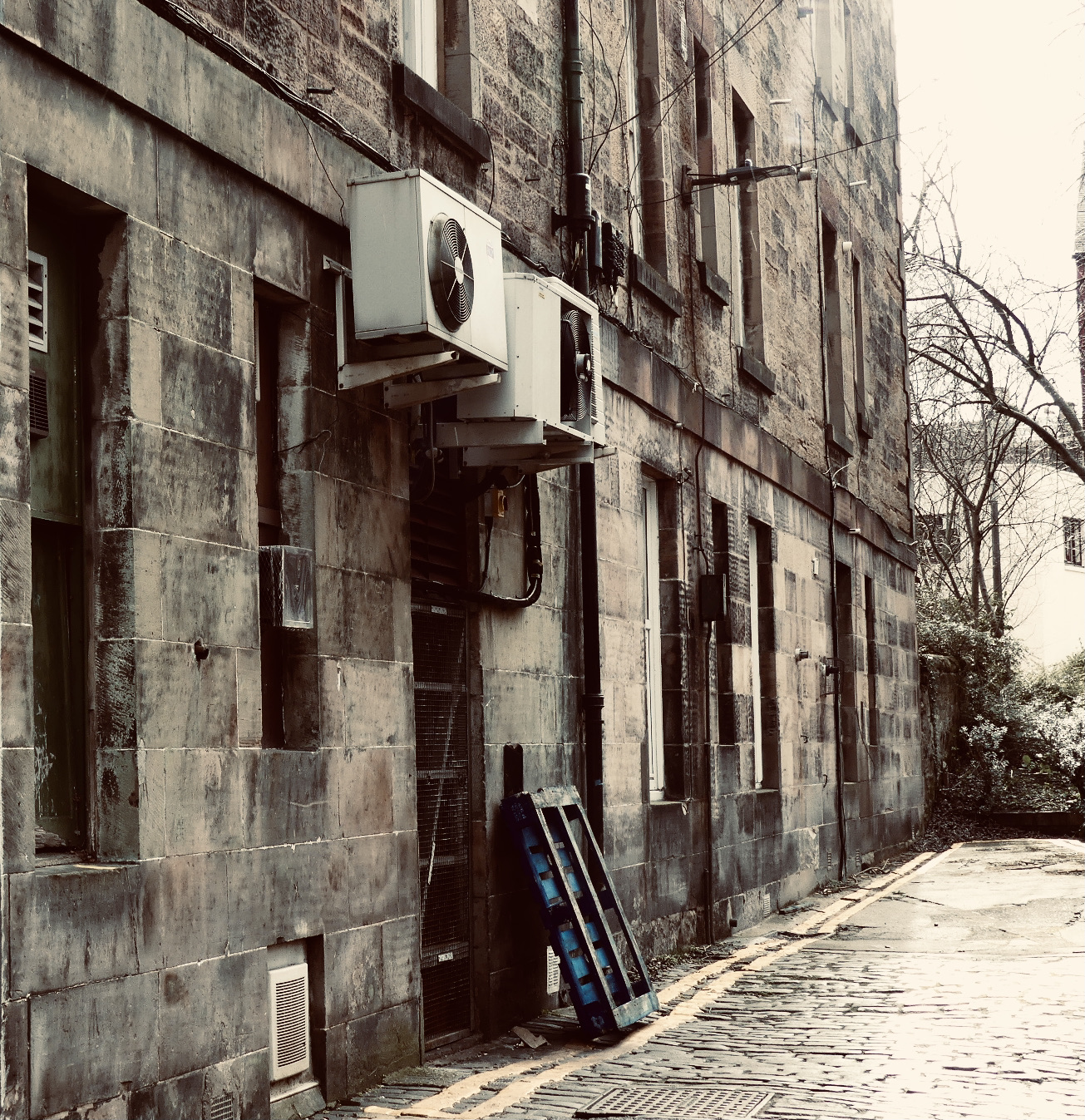
Another proof that the city was getting good value for its money was that unlike most contracts this one had been finished about three months before the specified time, and it would be ready for public use within a few days. On the principle that cleanliness was next to godliness, the Town Council might flatter themselves that they were assisting people to salvation by means of steam-washers and soap-suds. That institution would be a great boon to the poor people of the district, who lived in cramped and confined houses, and would do much to minimise the discomforts of washing day in such homes. He hoped the washhouses would be properly used by large numbers in the district, and that they would find it all the Town Council hoped it would be. In declaring the building open, Mr Dobie jocularly remarked that there would be now no necessity for washing dirty linen in the City Chambers. (Laughter.)

Councillor Brown, while repudiating the suggestion that the dirty linen of the Council should be washed in Stockbridge, said he was satisfied that the Town Council was in the line of duty in erecting such washhouses.[5] Compared with the immense public improvement effected in the black spot known as Allan Street district, the expenditure was very trifling. There was a feeling that such establishments as that and the improvement of the housing of the poor involved a considerable addition to the rates. That was all nonsense; the addition was very small. What they had done for Stockbridge the Council would require to do for St Leonard’s, and probably for West Port or further west, and perhaps for Portobello. He hoped these schemes would receive the support which good schemes always received from the Plans and Works Committee. He moved that a hearty vote of thanks be accorded to Councillor Dobie. (Applause.)
Bailie Grieve proposed a vote of thanks to Mr Morham and Mr Williamson for the manner in which they had executed the work in connection with the buildings. There had been some grumbling at the expense of these buildings, but if the grumblers examined them they would see there was no unnecessary outlay. Indeed, it was remarkable that such a building and so much-machinery could be provided for £4500. (Applause.)
Mr Morham, in acknowledging the compliment, explained that the credit was due mainly to Mr Williamson, who had done the greater part of the work. Councillor Lang Todd expressed satisfaction that the Stockbridge Improvement Scheme had had the finishing touch added by the provision of these washhouses. The necessity for an improvement in that area had long been recognised, for so long ago as 1864 Sir Henry Littlejohn pointed it out as one of the black spots of the city.
The Councillors thereafter examined the washhouses and their equipment, and also inspected the houses within the improvement area, and the children’s playground adjoining.
Scotsman, 8 January 1903
[4] For chapter and verse on this subject, see Steven Robb, ‘The Public Washhouses of Edinburgh’, last accessed 22.11.20. See also S (20.11.08).
[5] Councillor Brown’s work of social improvement will feature prominently in future reportage. For a summary of his career, see S (6.11.09). Images: Free SVG, last accessed 14.3.21.
*****
THEFTS FROM THE UNIVERSITY CLUB.
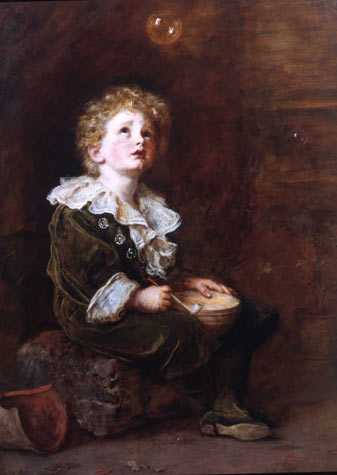
Before Sheriff Orphoot in Edinburgh City Police Court to-day, Janet Hamilton (34), domestic servant, pleaded guilty to the theft of a number of articles of household linen, 28 lbs of soap, and 6½ lbs of tea from the University Club, Princes St., Edinburgh, between lst August last and 17th inst.
The accused was employed as a servant at the club, and took away the articles from time to time, a large number being pledged. All had been recovered. In consideration of her previous good character, Sheriff Orphoot put her under caution for her future behaviour.
Margaret Hamilton or Chisholm (57), charwoman, 3 Upper Greenside Lane, an aunt of the accused, was afterwards charged with resetting the articles, a number of which she took to the pawn office. A plea of guilty was tendered, and Chisholm was also put under £5 caution for her future conduct.[6]
Edinburgh Evening News, 20 January 1903
[6] Image: Wikimedia Commons, last accessed 14.12.20.
*****
LIVELY GREENSIDE.—Before Acting Sheriff Harvey, in Edinburgh Sheriff Court to-day, Robert M’Kelvie, bill poster, Greenside Place, was sent to prison for thirty days for assaulting his wife by pulling and dragging her about, throwing her down, and beating her with a poker.
In Edinburgh Burgh Court to-day, a woman, Alice M’Naughton or Gordon, living in Queen’s Place, Greenside, was charged with assaulting a labourer, named Crain, by striking him on the head with a hatchet, which she was alleged to have thrown at him during a row in the stair. Evidence was led at considerable length on both sides, and Bailie Cameron found the charge proved and inflicted a fine of 10s, with the option of seven days’ imprisonment.
Edinburgh Evening News, 28 January 1903
*****
MURRAY.—In loving memory of our dear son, JOHN DOUGLAS MURRAY, who died at 5 Queen’s Place, February 11, 1902.
A face has from our household gone,
A voice we loved is still;
A place is vacant in our home
Which never can be filled.
[Inserted by his father and mother.]
Edinburgh Evening News, 11 February 1903
*****
DEAN PARK MEWS.—To be exposed to Sale by Public Roup, within Dowell’s Rooms, 18 George Street, Edinburgh, To-day (Wednesday) at 2.15 p.m. (if not previously Disposed of by Private Bargain).
Those Commodious Offices, No. 20 DEAN PARK MEWS, consisting of Stables with Three Stalls and Two Loose Boxes, Double Coach-House, Harness Room, Hayloft, Groom’s Room, and a good Dwelling-House for the Coachman.
Feu Duty, £9. 1s. 6d.
Upset price, £500.
For further particulars and cards of admission to view the premises apply to Messrs William Patterson & Co., 10 Queensferry Street, Edinburgh; or to Messrs M’Grigor, Donald, & Co., Writers, Glasgow.[7]
Scotsman, 23 February 1903
[7] DSL defines: (1) roup as ‘sale or let by public auction’; (2) feu as ‘tenure of land in perpetuity in return for a continuing annual payment of a fixed sum of money to the owner of the land’; (3) upset price as ‘the minimum price acceptable by a seller at an auction’. In this case, the feu duty was equivalent to about £713 today; and the upset price to £39,280 (over 4 years’ wages for a skilled tradesman in 1903). In 2012 ESPC advertised this as an ‘exceptional spacious’ 153 sqm, 2-bedroom, 2 reception-room mews with a single garage. It sold for £456,000 (last accessed 11.12.20). The website Zoopla currently estimates its value at £609,000, (last accessed 12.12.20).

